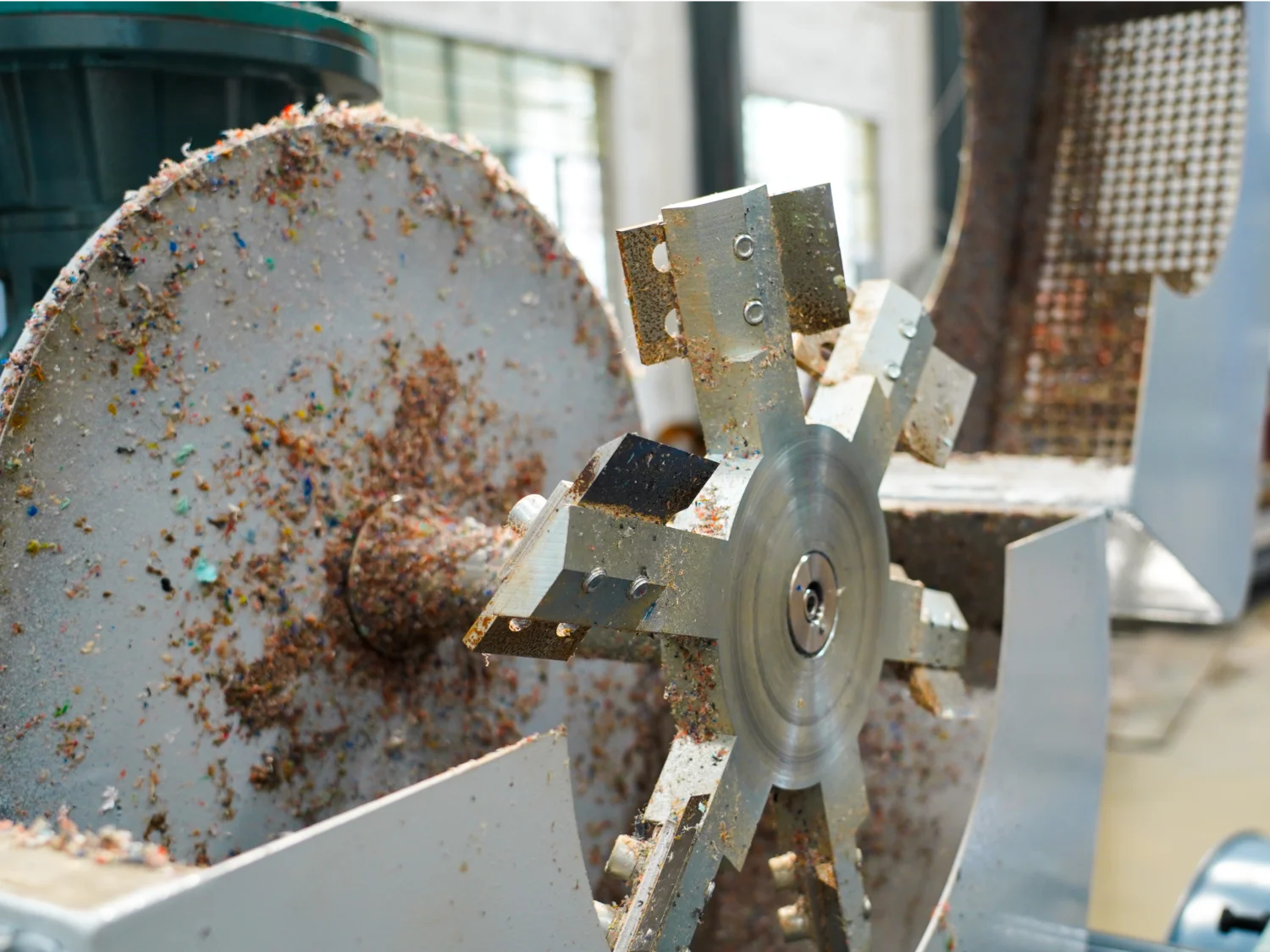Plastic granulators play a pivotal role in the plastic recycling process, transforming plastic waste into small, uniform granules that can be reused in manufacturing new plastic products. To ensure your plastic granulator operates at peak efficiency and enjoys a long operational life, it is essential to implement a robust maintenance routine and address any issues promptly.
This comprehensive guide will walk you through the essential steps for maintaining your plastic granulator, troubleshooting common problems, and optimizing its performance to maximize its lifespan.
The Importance of Proper Maintenance for Your Plastic Granulator
Regular maintenance of your plastic granulator is vital for several reasons:
- Ensuring optimal performance and efficiency
- Preventing unexpected breakdowns and costly repairs
- Extending the machine’s lifespan
- Maintaining the quality and consistency of the granules produced
By adhering to a proper maintenance routine, you can keep your plastic granulator running smoothly and avoid disruptions in your recycling process.
Essential Maintenance Tasks for Your Plastic Granulator
To keep your plastic granulator in top condition, perform the following maintenance tasks regularly:
1. Daily Maintenance
- Clean the hopper and feed area to prevent blockages
- Inspect the cutting chamber for debris or buildup
- Check the blades and screens for wear or damage
- Lubricate moving parts according to the manufacturer’s recommendations
2. Weekly Maintenance
- Clean the air filter to ensure proper airflow and cooling
- Inspect the condition of the drive belts and replace if necessary
- Check electrical connections and tighten any loose wires
- Clean the exterior of the machine to prevent dust and debris accumulation
3. Monthly Maintenance
- Check the alignment of the rotor and stator
- Inspect the bearings for wear and replace if necessary
- Clean and lubricate the gearbox
- Test safety features, such as emergency stop buttons and interlocks
4. Annual Maintenance
- Perform a complete overhaul of the machine
- Replace worn parts, such as blades, screens, and bearings
- Recalibrate the machine to ensure optimal performance
- Update the machine’s software and firmware, if applicable
Troubleshooting Common Issues with Your Plastic Granulator
Despite regular maintenance, issues may still arise. Here are some common problems and their potential solutions:
1. Granulator Not Starting
- Check the power supply and electrical connections
- Inspect the safety switches and interlocks
- Verify that the emergency stop button is not engaged
2. Reduced Granule Output
- Check for dull or damaged blades and replace if necessary
- Inspect the screens for blockages or damage
- Ensure the feed rate is appropriate for the machine’s capacity
3. Inconsistent Granule Size
- Check the condition of the blades and screens and replace if worn
- Verify that the rotor and stator are properly aligned
- Ensure the feed material is consistent in size and composition
4. Excessive Noise or Vibration
- Check for loose or worn bearings and replace if necessary
- Inspect the rotor and stator for damage or imbalance
- Verify that the machine is properly leveled and anchored
Optimizing Your Plastic Granulator’s Performance
To maximize the efficiency and lifespan of your plastic granulator, consider the following optimization tips:
1. Use the Right Blades and Screens
Select blades and screens that are appropriate for the type and thickness of the plastic waste you’re processing. Using incorrect components can reduce efficiency and increase wear and tear.
2. Maintain a Consistent Feed Rate
Ensure that plastic waste is fed into the granulator at a consistent rate to avoid overloading the machine and causing unnecessary strain on its components.
3. Monitor Power Consumption
Keep an eye on the granulator’s power consumption. An increase in power draw may indicate a problem, such as dull blades or a clogged screen.
4. Implement Predictive Maintenance
Use sensors and monitoring systems to track the performance of your plastic granulator and predict when maintenance tasks or component replacements will be necessary. This can help you avoid unexpected breakdowns and schedule maintenance during planned downtime.
결론
Maintaining and extending the lifespan of your plastic granulator is crucial for efficient and cost-effective plastic recycling. By implementing a proper maintenance routine, troubleshooting common issues, and optimizing your granulator’s performance, you can keep your machine running smoothly and avoid costly repairs or replacements.
Always follow the manufacturer’s recommendations for maintenance and prioritize the safety of your operators by providing proper training and ensuring all safety features are functioning correctly.
Frequently Asked Questions (FAQs)
Q: How often should I sharpen or replace the blades on my plastic granulator?
A: The frequency of blade sharpening or replacement depends on factors such as the type and volume of plastic waste being processed and the hardness of the blades. On average, blades may need to be sharpened every 100-300 hours of operation and replaced every 500-1,000 hours.
Q: Can I use aftermarket or generic replacement parts for my plastic granulator?
A: While aftermarket or generic replacement parts may be less expensive, it’s generally recommended to use original equipment manufacturer (OEM) parts to ensure compatibility, performance, and safety. Using non-OEM parts may void your machine’s warranty and lead to reduced efficiency or premature wear.
Q: How can I train my operators to properly maintain and troubleshoot the plastic granulator?
A: Provide thorough training to your operators, covering topics such as daily maintenance tasks, safety procedures, and common troubleshooting techniques. Develop a clear maintenance checklist and ensure that all operators follow it consistently. Encourage open communication and have experienced technicians mentor new operators.
Q: What should I do if my plastic granulator experiences a sudden breakdown?
A: In the event of a sudden breakdown, first ensure that all operators are safe and that the machine is properly shut down. Diagnose the issue using the troubleshooting guide provided by the manufacturer or consult with a qualified technician. If necessary, contact the manufacturer’s customer support for assistance or to order replacement parts.
Q: How can I dispose of the dust and fines generated during the granulation process?
A: The dust and fines generated during plastic granulation can be collected using a dust collection system or air filtration unit. Properly dispose of this waste in accordance with local environmental regulations, as it may contain additives or contaminants that require special handling. In some cases, the dust and fines can be reused in certain applications or sold to other industries for use as fillers or additives.



